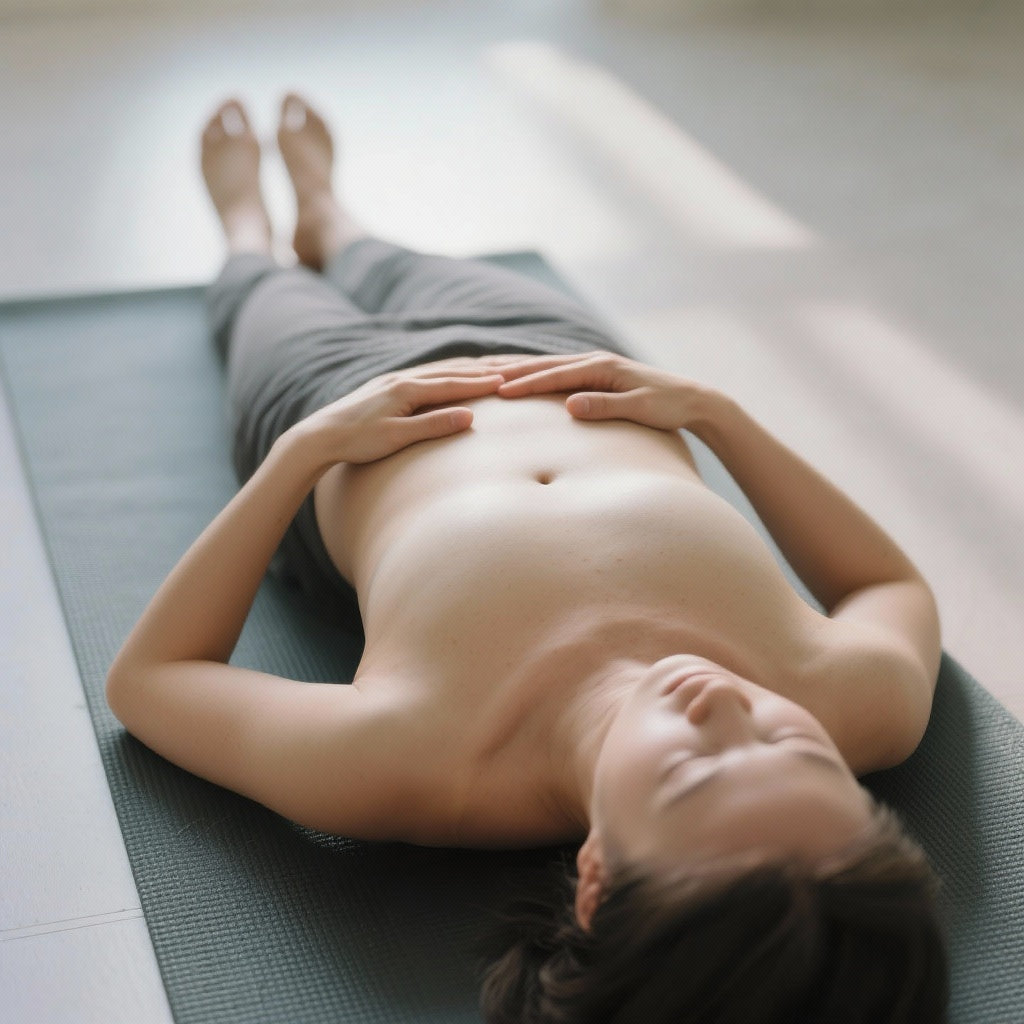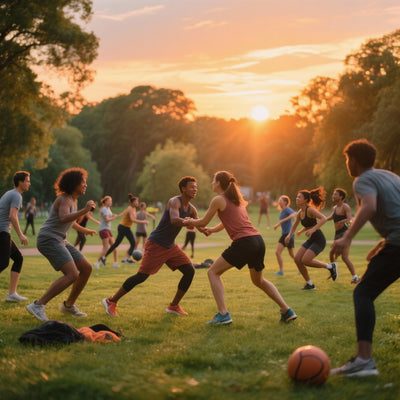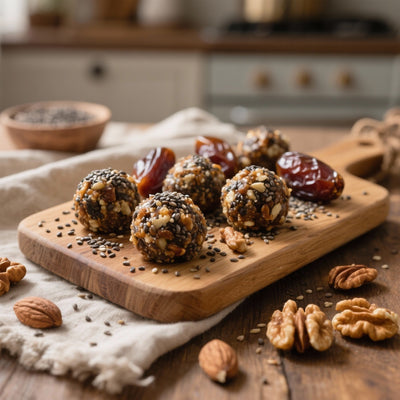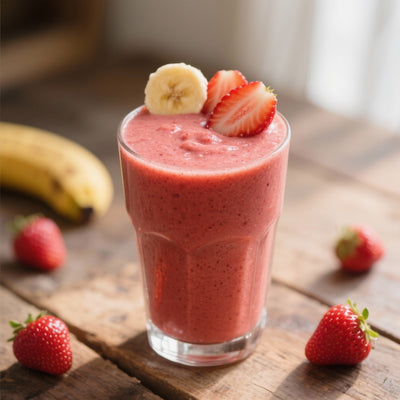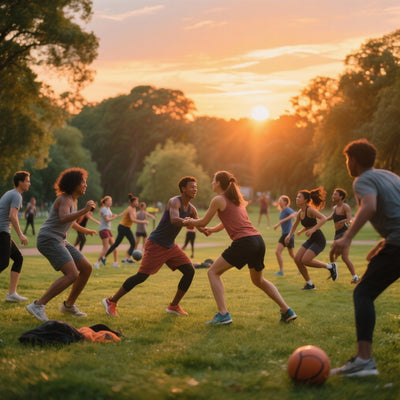75% of Hyperventilating Breathing Exercises Affect Your Blood: Myths and Realities
Breathing is central to our well-being. We are often encouraged to practice breathing exercises to reduce stress, improve concentration, and promote relaxation. However, behind the popularity of these techniques lies a surprising reality: many commonly practiced breathing exercises can unintentionally lead to hyperventilation, thus disrupting the carbon dioxide (CO2) levels in our blood. Understanding this impact is crucial to maximizing the benefits of breathing and avoiding adverse effects.
This article delves into the myths and realities surrounding breathing exercises and their impact on our body's gas balance. We'll break down why some techniques can be counterproductive, identify the signs of hyperventilation, and, most importantly, guide you toward healthier and more effective breathing practices. Prepare to challenge some preconceived notions and adopt an informed approach to breathing for optimal health.
Carbon Dioxide (CO2): More than just waste
Long considered a mere metabolic waste product to be eliminated, CO2 actually plays a crucial role in numerous physiological functions. It is essential for regulating blood pH, facilitating the release of oxygen by hemoglobin, and maintaining good blood circulation. An optimal CO2 level is therefore indispensable for the proper functioning of our body.
Hyperventilation: The Insidious Imbalance
Hyperventilation is characterized by excessive breathing that leads to a decrease in blood CO2 levels. This decrease, even slight, can have significant consequences. Paradoxically, chronic hyperventilation can manifest with symptoms such as shortness of breath, fatigue, dizziness, headaches, anxiety, and even heart palpitations. These symptoms are often misinterpreted, which delays diagnosis and the implementation of more appropriate breathing techniques.
Why Do So Many Breathing Exercises Induce Hyperventilation?
Many popular breathing exercises encourage deep, rapid breathing, often through the mouth. This approach can easily lead to excessive CO2 elimination, causing hyperventilation. The emphasis on inhalation, at the expense of complete exhalation, also contributes to this imbalance. Techniques such as "fire breathing" or certain forms of holotropic breathwork are particularly likely to induce hyperventilation.
The Tell-Tale Signs of Hyperventilation
Recognizing the signs of hyperventilation is essential for adjusting your breathing technique. Pay attention to the following sensations:
- Shortness of breath or difficulty breathing, even at rest
- Dizziness or lightheadedness
- Tingling or numbness in the hands, feet or around the mouth
- Heart palpitations
- Muscle tension, particularly in the neck and shoulders
- Anxiety or a feeling of panic
If you experience these symptoms during or after a breathing exercise, it is important to slow down and modify your technique.
Diaphragmatic Breathing: Your Ally for Healthy Breathing
Unlike exercises that promote hyperventilation, diaphragmatic breathing, or abdominal breathing, encourages slow, deep, and controlled breathing. This technique uses the diaphragm, the main respiratory muscle, to maximize oxygen intake while maintaining adequate CO2 levels. Diaphragmatic breathing is a gentle and effective approach to reducing stress, improving relaxation, and promoting physiological balance.
How to Practice Diaphragmatic Breathing Correctly
Here are the steps to follow to master diaphragmatic breathing:
- Lie on your back with your knees bent and feet flat on the floor.
- Place one hand on your chest and the other on your abdomen.
- Inhale slowly through your nose, feeling your abdomen rise while your chest remains relatively still.
- Exhale slowly through your mouth, feeling your abdomen lower.
- Continue breathing in this way for 5 to 10 minutes, focusing on the movement of your abdomen.
You can practice diaphragmatic breathing anywhere and at any time of day. The more you practice it, the more natural and easy it becomes.
Other Beneficial Breathing Techniques
In addition to diaphragmatic breathing, other techniques can promote healthy and balanced breathing:
- Alternate nostril breathing (Nadi Shodhana): A yoga technique that alternates breathing through each nostril to balance the nervous system.
- Cardiac coherence: A technique that aims to synchronize breathing with heart rate to improve heart rate variability and reduce stress.
- Box breathing: A simple technique that consists of inhaling, holding your breath, exhaling and holding your breath for an equal duration (usually 4 seconds).
"Breathing is the bridge between body and mind. By mastering it, you master your life." - BKS Iyengar
Take Back Control of Your Breathing
It's time to rethink our approach to breathing. By understanding the potential risks of hyperventilation and adopting healthier, more efficient breathing techniques, we can maximize the benefits of breathing for our physical and mental health. Diaphragmatic breathing and the other techniques mentioned in this article are powerful tools for promoting balance, relaxation, and overall well-being. Experiment, listen to your body, and find the practices that work best for you.
